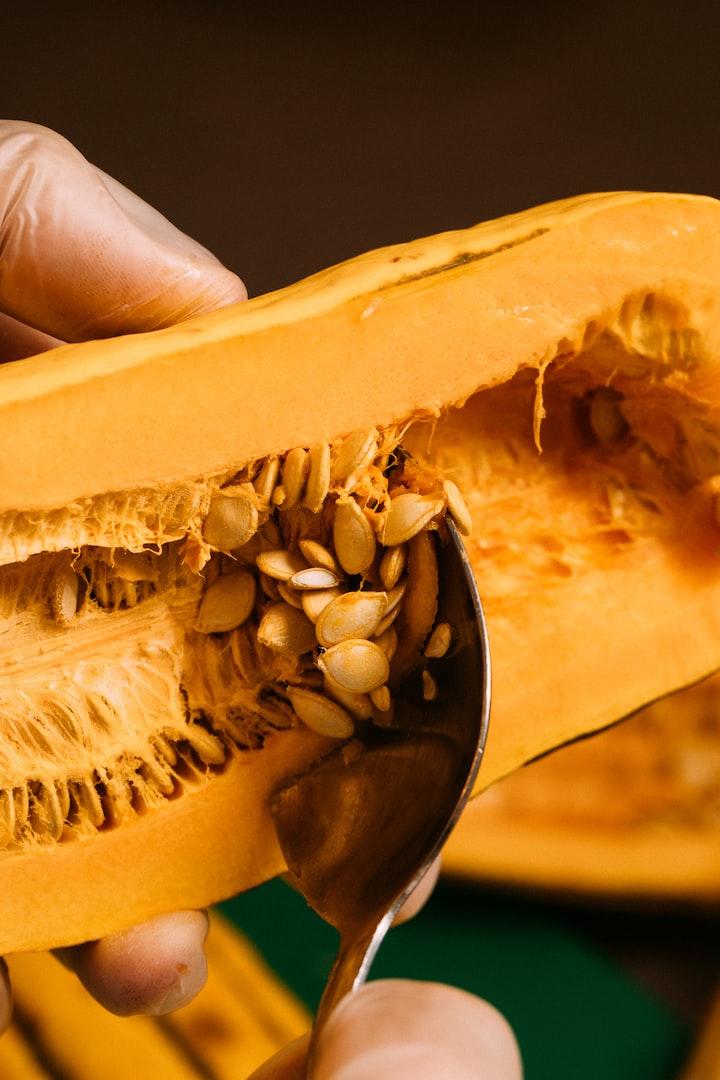Keratin is a protein that is found in the cells of the body. It is responsible for the strength and structure of the skin, hair, nails, and other tissues. Vegetables that contain keratin include broccoli, Brussels sprouts, cabbage, kale, and cauliflower. These vegetables are high in vitamins A, C, and E which are necessary for healthy skin and hair. Keratin-rich foods help to keep the skin hydrated and protect it from damage.
Eggs. Since keratin is a protein, it is important to eat protein-rich foods for keratin production
Keratin is a protein found in our hair, skin and nails. It’s what gives these structures their strength and resilience. In order to keep our hair and nails healthy, we need to make sure we’re getting enough keratin in our diet.
One of the best sources of keratin is eggs. Eggs are packed with protein, which is essential for the production of keratin. In addition to being a great source of protein, eggs also contain biotin, another nutrient needed for healthy hair and nails. Biotin helps the body convert food into energy, which is necessary for cell growth and repair.
So if you’re looking to boost your keratin levels, make sure you’re eating plenty of eggs!
Onion
Onions are a type of vegetable that contains keratin. Keratin is a protein that helps to protect the onions from damage and keep them healthy. Onions are a good source of vitamin C, potassium, and fiber. They can be eaten raw, cooked, or pickled.
Salmon
Salmon are a type of fish that contain keratin. Keratin is a protein that is found in the skin, nails, hair, and scales of salmon. Salmon are native to the northern hemisphere and can be found in the Pacific and Atlantic oceans. Salmon are an important food source for humans and animals. Salmon are caught commercially and canned, smoked, or frozen for human consumption.
Salmon typically have pinkish flesh with darker spots on their skin. The color of salmon flesh depends on their diet; fish that eat mostly krill or other small crustaceans tend to have pinker flesh, while those that eat mostly squid tend to have whiter flesh with a more yellow hue. The average size of a salmon is three feet long but can range from two to four feet long depending on the species of salmon.
The life cycle of a salmon begins when they hatch from eggs in freshwater streams or rivers.
Sweet potato. Sweet potatoes are high in vitamin A
Sweet potatoes are high in vitamin A, which is good for your eyesight. They also contain fiber, which helps to keep you regular. Sweet potatoes are a good source of potassium, which is important for maintaining a healthy blood pressure. And they’re low in calories, so they can help you lose weight or maintain a healthy weight.
Sunflower seeds
Sunflower seeds are a source of keratin, which is a protein that helps to keep the skin and hair healthy. Keratin is also found in other foods such as eggs, meat, and nuts.
Garlic
The garlic plant’s bulb is the most commonly used part of the plant. The bulb is divided into numerous fleshy sections called cloves. The cloves are used for consumption (raw or cooked) or for medicinal purposes. They have a pungent, spicy flavor that mellows significantly when cooked.
Garlic leaves are an important ingredient in many dishes such as pesto sauce; they can be eaten cooked or raw. The flowers (bulbils) on the head (inflorescence) are sometimes consumed while immature and still pink; they can be stir-fried with chili peppers or other vegetables..
Kale
Kale can be eaten raw or cooked. When eating raw kale, it is important to massage it with your hands for a minute or two to soften the leaves. This will make them more enjoyable to eat. Kale can be added to salads, smoothies, or juiced. It can also be sautéed, baked, or steamed.
Kale has numerous health benefits due to its nutrient content. It has been shown to lower cholesterol levels and reduce the risk of heart disease. Additionally, kale may help protect against certain types of cancer such as ovarian cancer. Eating kale regularly may also improve bone health and reduce the risk of developing osteoporosis later in life.
